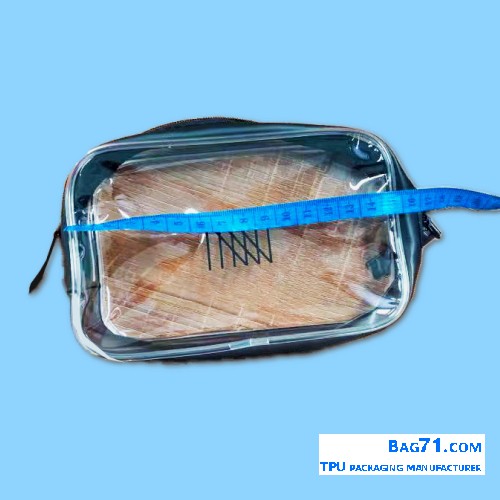Advantages and disadvantages of TPU materials
TPU materials, also known as thermoplastic polyurethane elastomers, are a type of environmentally friendly material that has both advantages and disadvantages.

The advantages of TPU materials include:
High strength: TPU has excellent tensile strength and tear strength, which are higher than most synthetic and natural rubbers.
Wear resistance: TPU has good wear resistance, which allows it to maintain its shape and performance during long-term use.
Oil resistance: TPU has good oil resistance, making it suitable for manufacturing seals, bearings, and other parts that require resistance to oil.
Cold resistance: TPU can maintain its elasticity and performance at low temperatures, making it suitable for use in cold environments.
Good processability: TPU can be processed by injection molding, extrusion, calendering, and other methods, resulting in smooth surface finishes on the molded parts.
Environmental friendliness: TPU materials can be recycled and reused, making them environmentally friendly.
However, there are also some disadvantages of TPU materials:
Poor aging resistance: TPU is susceptible to the effects of ultraviolet light and oxidation, leading to a decline in its performance over time.
Low friction coefficient on wet surfaces: On damp surfaces, TPU has a low coefficient of friction and is prone to slipping.
Poor molding properties: Large-scale molded parts are difficult to produce, and the molds are expensive.
Poor hydrolysis resistance: Polyester-based TPU is not resistant to hydrolysis, while polyether-based TPU has poor weather resistance and inferior antiskid performance compared to rubber.
Overall, TPU is a material with excellent performance but also some limitations. In applications, the advantages and disadvantages of TPU need to be fully considered for rational use.
上一篇:没有了!
 售前咨询专员
售前咨询专员